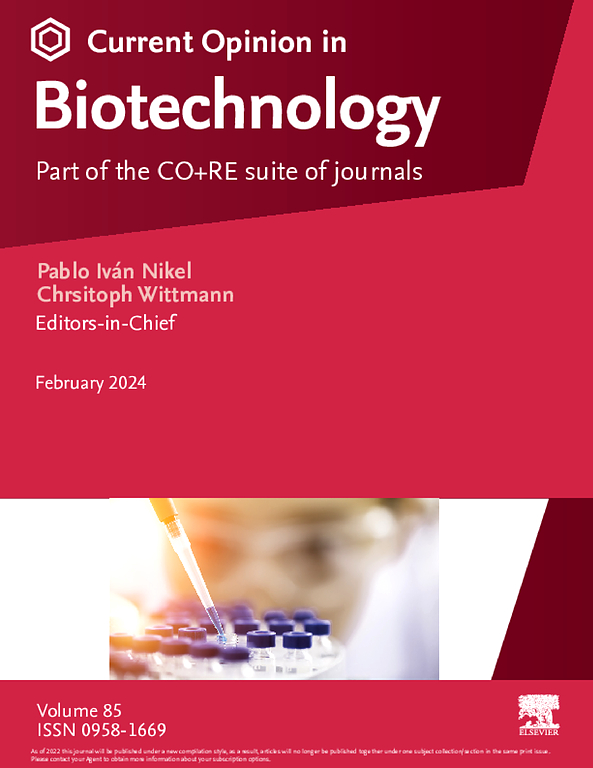Advances in designed bionanomolecular assemblies for biotechnological and biomedical applications
IF 7.1
2区 工程技术
Q1 BIOCHEMICAL RESEARCH METHODS
引用次数: 0
Abstract
Recent advances in protein engineering have revolutionized the design of bionanomolecular assemblies for functional therapeutic and biotechnological applications. This review highlights the progress in creating complex protein architectures, encompassing both finite and extended assemblies. AI tools, including AlphaFold, RFDiffusion, and ProteinMPNN, have significantly enhanced the scalability and success of de novo designs. Finite assemblies, like nanocages and coiled-coil-based structures, enable precise molecular encapsulation or functional protein domain presentation. Extended assemblies, including filaments and 2D/3D lattices, offer unparalleled structural versatility for applications such as vaccine development, responsive biomaterials, and engineered cellular scaffolds. The convergence of artificial intelligence–driven design and experimental validation promises strong acceleration of the development of tailored protein assemblies, offering new opportunities in synthetic biology, materials science, biotechnology, and biomedicine.
生物技术和生物医学应用中设计的生物异常分子组件的进展。
蛋白质工程的最新进展彻底改变了生物异常分子组件的设计,用于功能治疗和生物技术应用。这篇综述强调了在创建复杂蛋白质结构方面的进展,包括有限和扩展的组装。人工智能工具,包括AlphaFold、RFDiffusion和ProteinMPNN,显著提高了从头设计的可扩展性和成功率。有限的组装,如纳米笼和基于线圈的结构,可以实现精确的分子封装或功能性蛋白质结构域的呈现。扩展组件,包括细丝和2D/3D晶格,为疫苗开发、反应性生物材料和工程细胞支架等应用提供了无与伦比的结构多功能性。人工智能驱动的设计和实验验证的融合有望大大加速定制蛋白质组装的发展,为合成生物学、材料科学、生物技术和生物医学提供新的机会。
本文章由计算机程序翻译,如有差异,请以英文原文为准。
求助全文
约1分钟内获得全文
求助全文
来源期刊

Current opinion in biotechnology
工程技术-生化研究方法
CiteScore
16.20
自引率
2.60%
发文量
226
审稿时长
4-8 weeks
期刊介绍:
Current Opinion in Biotechnology (COBIOT) is renowned for publishing authoritative, comprehensive, and systematic reviews. By offering clear and readable syntheses of current advances in biotechnology, COBIOT assists specialists in staying updated on the latest developments in the field. Expert authors annotate the most noteworthy papers from the vast array of information available today, providing readers with valuable insights and saving them time.
As part of the Current Opinion and Research (CO+RE) suite of journals, COBIOT is accompanied by the open-access primary research journal, Current Research in Biotechnology (CRBIOT). Leveraging the editorial excellence, high impact, and global reach of the Current Opinion legacy, CO+RE journals ensure they are widely read resources integral to scientists' workflows.
COBIOT is organized into themed sections, each reviewed once a year. These themes cover various areas of biotechnology, including analytical biotechnology, plant biotechnology, food biotechnology, energy biotechnology, environmental biotechnology, systems biology, nanobiotechnology, tissue, cell, and pathway engineering, chemical biotechnology, and pharmaceutical biotechnology.
 求助内容:
求助内容: 应助结果提醒方式:
应助结果提醒方式:


